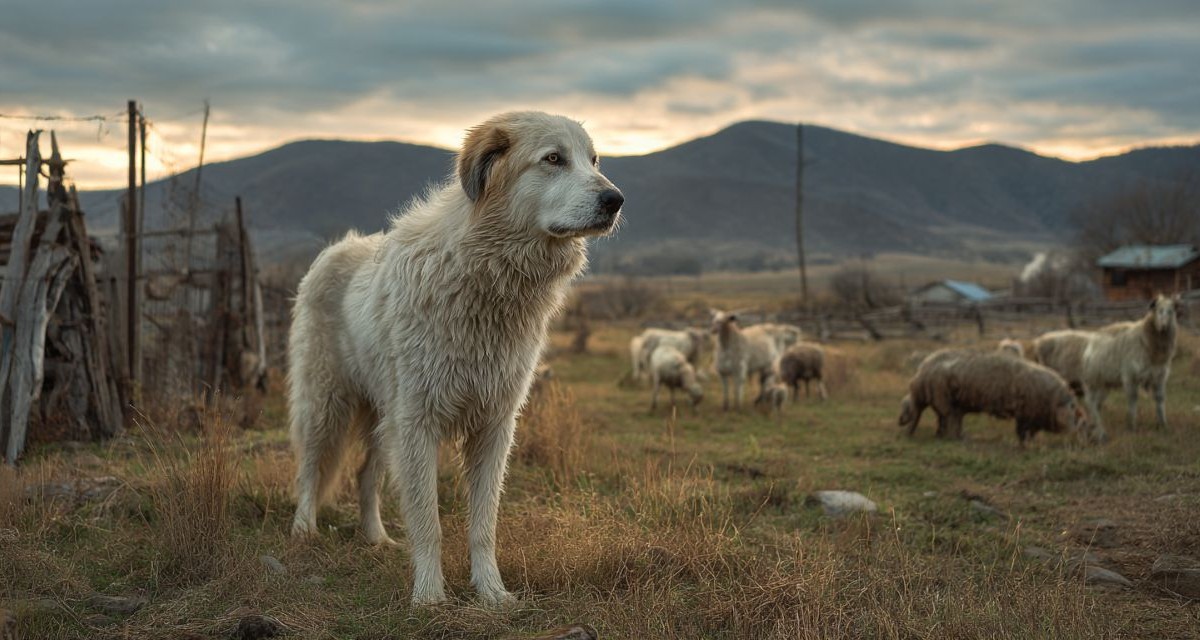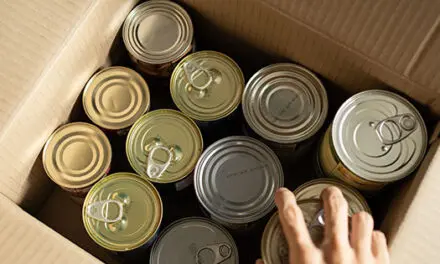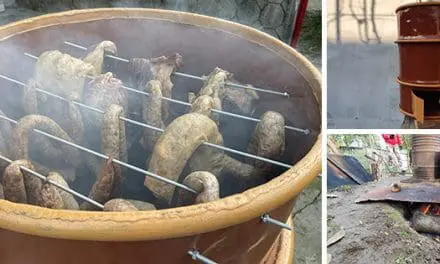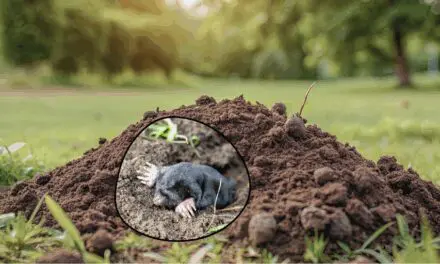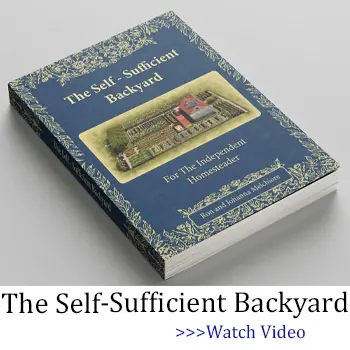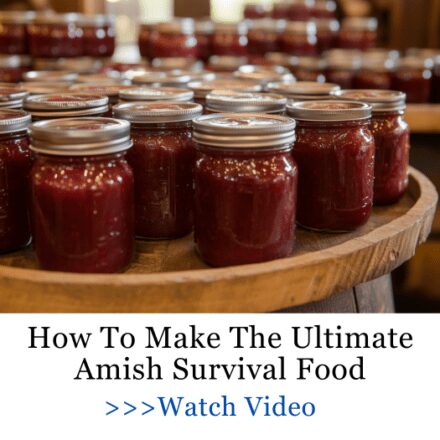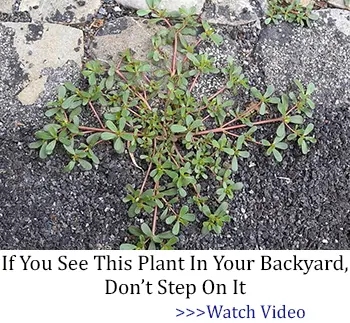Livestock guardian dogs have been part of traditional farming for thousands of years, and for good reason. Long before modern fencing, alarms, or surveillance existed, a well-trained guardian dog was the only line of defense between a shepherd’s animals and the wild world beyond the pasture. Today, as predators return to rural areas and homesteads face growing vulnerability, these dogs remain one of the simplest, most natural, and most reliable forms of protection available. Their instincts do not weaken in a blackout, their reliability does not falter in a storm, and their loyalty does not depend on modern systems. That alone makes them invaluable to anyone striving for true self-sufficiency.
What Makes a Guardian Dog Different?
Unlike herding dogs, livestock guardian dogs (LGDs) are bred to live with the animals they protect. Breeds like the Great Pyrenees, Anatolian Shepherd, Maremma Sheepdog, and Akbash have centuries of conditioning behind them. They bond to the flock, stay calm among livestock, and react swiftly to threats without unnecessary aggression. Their job is not to move animals. It is to provide an unshakable presence that keeps predators away long before conflict begins.
The Power of Presence
One of the most overlooked advantages of LGDs is how their mere presence changes predator behavior. Coyotes, wolves, feral dogs, and even bears often avoid pastures patrolled by guardian dogs. The deep bark, the scent marking, the steady movement along fence lines. These signals tell predators the area is already claimed. Most wild animals instinctively avoid confrontation, so the dog’s presence alone prevents countless attacks that might otherwise occur.
Here are a few ways an LGD quietly reduces risk without ever lifting a paw:
- Deters predators through scent and vocal warnings
- Establishes territory boundaries predators quickly learn to respect
- Monitors livestock behavior for signs of distress
Living Among the Animals
For an LGD to work effectively, it must bond early with the animals it will protect. Puppies raised in barns, pens, or pastures learn to move gently around goats, sheep, poultry, or cattle. Their instincts combined with early socialization create a dog that sees the animals not as a job but as its family. This bond is why their protection is so consistent and dependable. They do not guard property. They guard their own.
Protection Without Electricity or Technology
Most modern security systems are fragile. Cameras fail in storms, motion lights need power, and electric fences rely on steady current. A livestock guardian dog needs none of it. Its senses hearing, smell, sight are sharper than any device and operate around the clock, no recharging required. For many homesteaders working toward resilience, this reliability is a major advantage.
Consider what an LGD provides that technology rarely can:
- Continuous protection during grid failures
- Threat detection far beyond human senses
- Functionality in remote or off-grid locations
Choosing the Right Breed
Not all dogs are suited to this unique role. Good LGD breeds tend to be calm, patient, and naturally independent. They must be large enough to intimidate predators but gentle enough to move among young livestock.
- Great Pyrenees: Ideal for wooded regions with heavy predator activity
- Anatolian Shepherd: Excellent for open land and large roaming areas
- Maremma Sheepdog: Gentle and responsive, great for smaller livestock
- Akbash: Lean, fast, and alert for wide, exposed pastures
Each breed has strengths, but temperament and proper upbringing matter more than lineage. Choose a breeder familiar with working lines, not show dogs or pets.
Training and Expectations
A guardian dog is not a typical pet. It thrives with clear boundaries, livestock access, and the freedom to patrol. Training involves supervised exposure, correction of rough play, and gradual independence. These dogs mature slowly but reliably. By two years of age, most LGDs can manage an entire pasture with little human input, making decisions based on instinct and experience. Trusting their judgment becomes part of the partnership.
Natural Balance on the Homestead
Guardian dogs provide more than protection. They create harmony. When predators learn to avoid your property, conflict decreases for both sides. Livestock remain safer, predators avoid unnecessary danger, and the ecosystem settles into a healthier balance. This approach supports sustainable living by reducing the need for traps, poisons, or lethal force.
Do You Need One?
If you keep goats, sheep, poultry, ducks, pigs, or cattle, especially in rural or semi-rural locations, an LGD may be one of your most valuable investments. They offer natural protection that does not depend on fragile technology or unreliable systems. For homesteaders aiming for resilience, having a dog that guards your animals day and night is more than helpful. It is foundational.
Final Thoughts
Homesteading thrives on old wisdom, and livestock guardian dogs are one of the most time-tested tools ever developed. Their loyalty, instinct, and steady presence provide a sense of security no modern equipment can duplicate. In a world filled with uncertainty, adding a guardian dog to your homestead is one way to build a more grounded, dependable future.
Build a More Resilient Homestead
If you are serious about long-term self-sufficiency, protecting your food sources should never be an afterthought. A livestock guardian dog is one powerful step, but it is only part of the bigger picture. The Self-Sufficient Backyard is an essential guide for anyone wanting to build a homestead that thrives without relying on fragile systems or outside support. Inside, you will learn how to create a truly independent food supply, raise animals sustainably, cultivate high-yield gardens, store food without electricity, and design a property that supports your family for decades. Whether you are just starting or expanding your homestead, this book gives you time-tested knowledge you can trust. If you are ready to take the next step toward a more resilient life, this is where you begin.
You may also like:
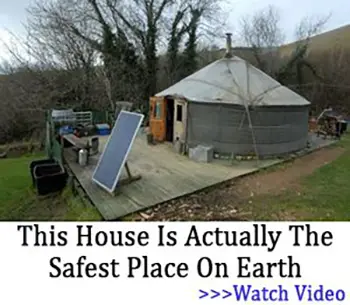 The Best Guardian Animals for Your Homestead (Besides Dogs)
The Best Guardian Animals for Your Homestead (Besides Dogs)
How To Hide Your Valuables and Stockpile In Plain Sight When SHTF (Video)
Growing Kunekune Pigs: A Practical Guide for Self-Reliant Homesteads

